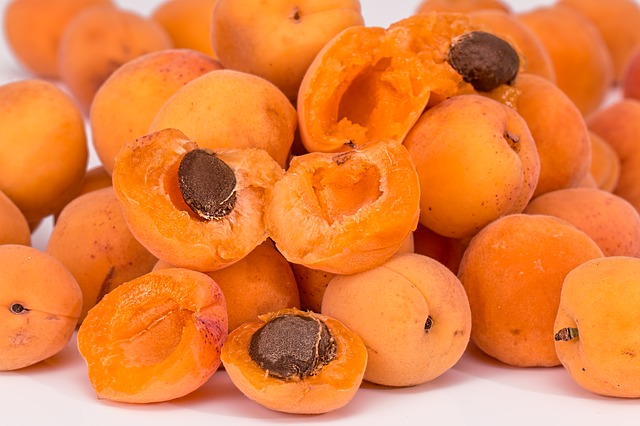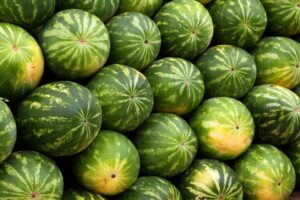Introduction
Ice cream is a popular frozen dessert enjoyed by people of all ages. It comes in various flavors and forms, but one question that often arises is, “How much protein does ice cream contain?” In this article, we will dive deeper into the topic to explore the protein content in ice cream and its variations.
Protein Content in Ice Cream
Ice cream is primarily made from milk or cream, which naturally contains protein. However, the protein content in ice cream can vary depending on several factors, including the recipe, ingredients, and manufacturing process.
Milk and Cream: The protein content in ice cream is derived from the milk or cream used as a base. Cow’s milk, which is commonly used, contains two main types of protein: whey and casein. Whey protein is considered a complete protein as it contains all essential amino acids, while casein is a slower-digesting protein. The protein content in milk can range from 3.2 to 3.5 grams per 100 grams.
Additional Protein Sources: Some ice cream manufacturers may add additional protein sources to enhance the nutritional profile of their products. These sources can include milk protein concentrate, whey protein isolate, or plant-based proteins like soy or pea protein. The amount of added protein can vary depending on the brand and product.
Protein Content in Different Ice Cream Varieties: The protein content in ice cream can vary depending on the type and flavor. For example, traditional vanilla ice cream typically contains around 2 to 4 grams of protein per 100 grams. However, protein-rich ice cream varieties, such as high-protein or protein-fortified ice creams, can contain significantly higher amounts, ranging from 10 to 20 grams of protein per 100 grams.
Factors Affecting Protein Content
Several factors can influence the protein content in ice cream:
Recipe and Ingredients: The choice of ingredients and their quantities can impact the protein content. Higher amounts of milk or cream in the recipe will naturally increase the protein content.
Manufacturing Process: The manufacturing process can affect the protein content in ice cream. Some processes, such as ultrafiltration or microfiltration, can concentrate the protein content, resulting in higher protein ice cream.
Added Protein Sources: As mentioned earlier, some ice cream manufacturers add additional protein sources to increase the protein content. The type and quantity of these added proteins can vary, leading to different protein levels in the final product.
Conclusion
The protein content in ice cream can vary depending on various factors, including the type of milk or cream used, additional protein sources, and the manufacturing process. While traditional ice cream typically contains a moderate amount of protein, protein-rich ice cream varieties are available for those seeking a higher protein intake. It is essential to read the nutrition labels or product descriptions to determine the protein content of specific ice cream products.
References
– Dairy Goodness: https://www.dairygoodness.ca/milk/nutrients-in-milk/protein
– National Center for Biotechnology Information: https://www.ncbi.nlm.nih.gov/pmc/articles/PMC3905294/
– Journal of Dairy Science: https://www.journalofdairyscience.org/article/S0022-0302(09)70234-0/fulltext












